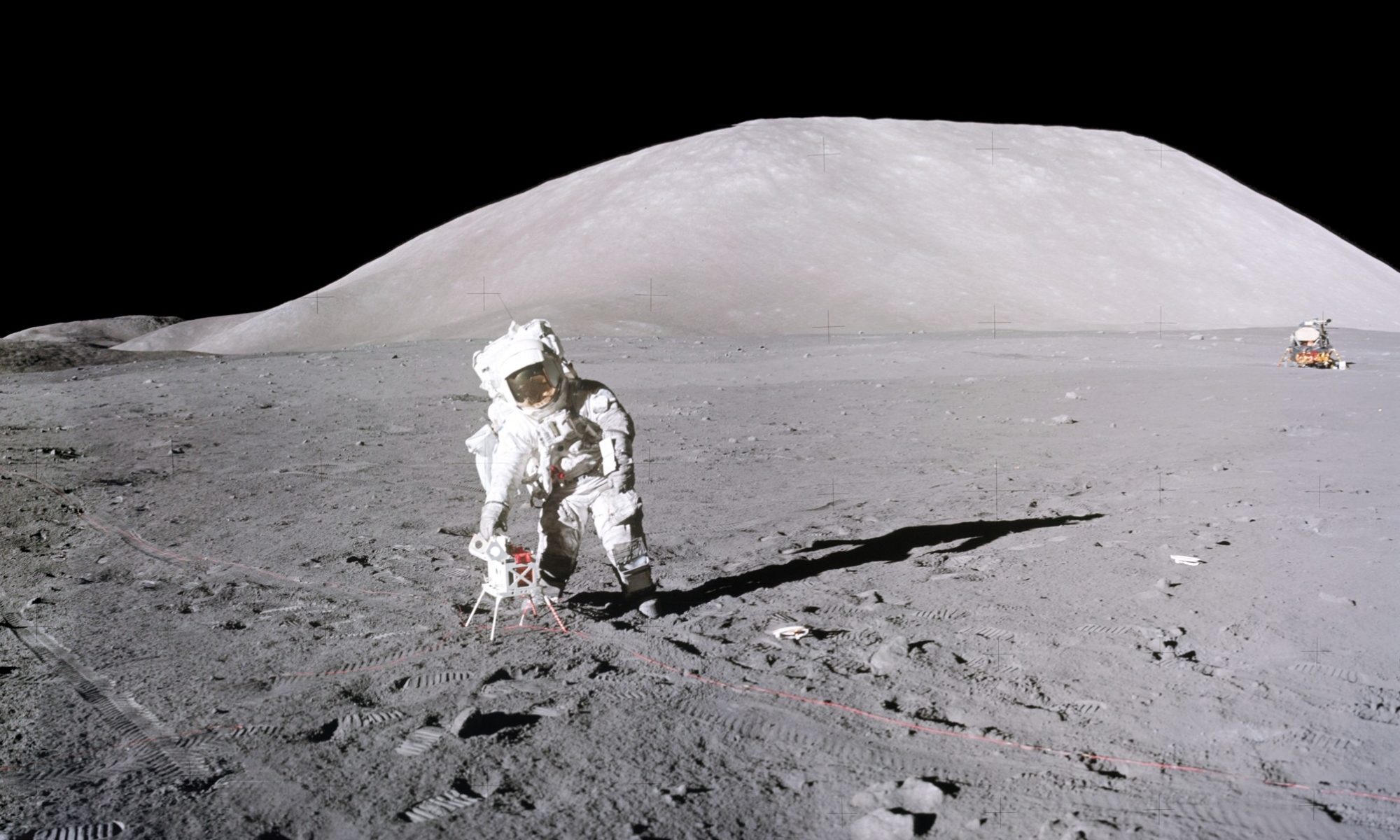Leon T. “Lee” Silver 1925-2022
 Lee Silver, W. M. Keck Foundation Professor for Resource Geology, Emeritus, at his Caltech Office desk (James McClanahan photo, Caltech).
Lee Silver, W. M. Keck Foundation Professor for Resource Geology, Emeritus, at his Caltech Office desk (James McClanahan photo, Caltech).
Lee Silver cut a broad path through geology, geochemistry and the Apollo Program during his long geological sojourn on Planet Earth. My first close association with Lee occurred in 1955-1957, when he, along with the late Professors Richard H. Jahns, Robert P. Sharp, and Barkley Kamb were responsible for my formal introduction to field geology at Caltech. Then, in 1969, after the Apollo 13 Commander, Jim Lovell, agreed to use my plan for a week-a-month of simulation-based field training on real geological problems prior to his and Fred Haise’s launch to the Moon, Lee responded enthusiastically to my call to act as a field-training mentor for Jim’s crew, as well as his backup crew, Commander John Young and Lunar Module Pilot Charlie Duke. (Also at my request, Dick Jahns took on mentorship of the Apollo 14 crew of Alan Shepherd and Edward Mitchell, but that is another story.)
 Dick Gordon (Apollo 12); Jim Irwin (Apollo 15); Harrison Schmitt (background, Apollo 17); Dave Scott (Apollo 15); and Lee Silver (with hat) on a geological training trip for the Apollo 15 crews in the San Juan Mountains of Colorado.
Dick Gordon (Apollo 12); Jim Irwin (Apollo 15); Harrison Schmitt (background, Apollo 17); Dave Scott (Apollo 15); and Lee Silver (with hat) on a geological training trip for the Apollo 15 crews in the San Juan Mountains of Colorado.
Lee’s and my week long immersion of the Apollo 13 crews in field geology in the wilds of the Oricopia Mountains of Southern California, away from phones and other distractions, became legendary in Apollo training history. Even though Lovell and Haise did not make it to the lunar surface, Jim strongly recommended the field-training program, with Lee as mentor, to Apollo 15 Commander Dave Scott and his Lunar Module Pilot, Jim Erwin, cementing this training approach for the remaining Apollo missions and possibly for future lunar missions as well. The scientific value of simulation-based training in the quantity, quality, and diversity of the 850 pounds of lunar samples collected, described and documented by the Apollo astronauts cannot be over-stated. From those samples we have a far better understanding of the early history of the Earth and the environment in which life began, in addition to the origin and geological history of the Moon itself.
© 2022 by Harrison H. Schmitt
